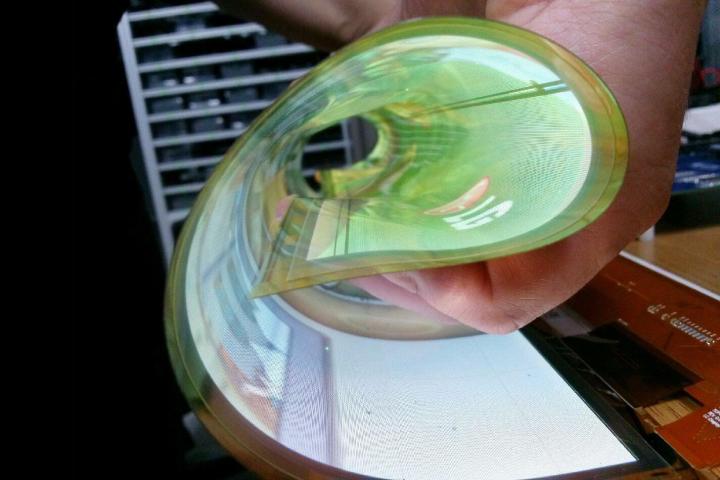
According to a report from the Wall Street Journal, the displays are made possible thanks to a layer of plastic, which replaces one of the glass layers. While the tech isn’t as flexible as the OLED displays, it should allow for curved smartphones similar to the Edge phones.
Japan Display does say that it already has a few clients on board for the new tech, but before anyone gets too carried away, it’s important to note that this does not mean that a near-future iPhone will feature a curved LCD display. To the contrary, Apple is strongly rumored to be preparing to make the switch to OLED displays in the near future — something that could come to pass on either this year’s iPhone or the 2018 iPhone.
As a report from Apple Insider notes, however, a curved LCD display could be used on a more midrange iPhone, or the tech could be used on things like a MacBook or, dare we say, an eventual Apple Car — however far-fetched that seems.
Japan Display has long competed with companies in China and Korea, and has been criticized for its slow adoption of OLED technology. The company received a financial bailout in December, and as part of that deal, it purchased a controlling stake in Joled, an OLED company that was created by former units belonging to Sony and Panasonic.
Editors' Recommendations
- The biggest threat to the MacBook this year might come from Apple itself
- Want an OLED MacBook? Apple may finally reveal it next year
- What is an LTPO display? Is it different from regular OLED?
- Apple Studio Display may soon get an even better follow-up
- The next iPhone could have an always-on display like rival Android flagships


